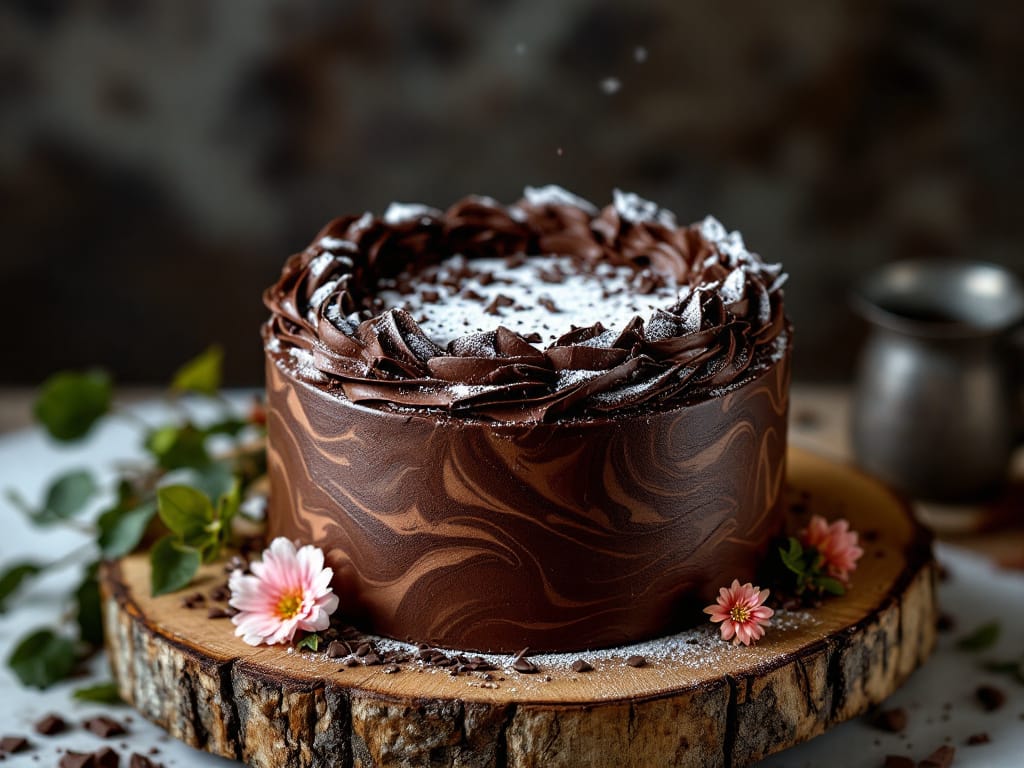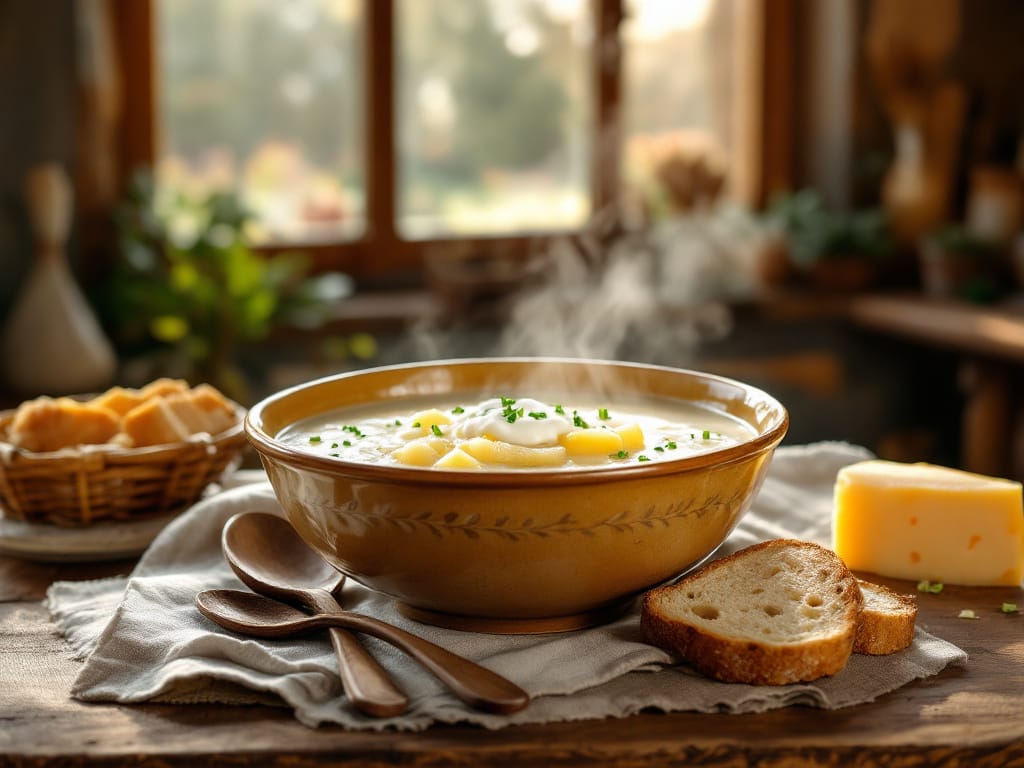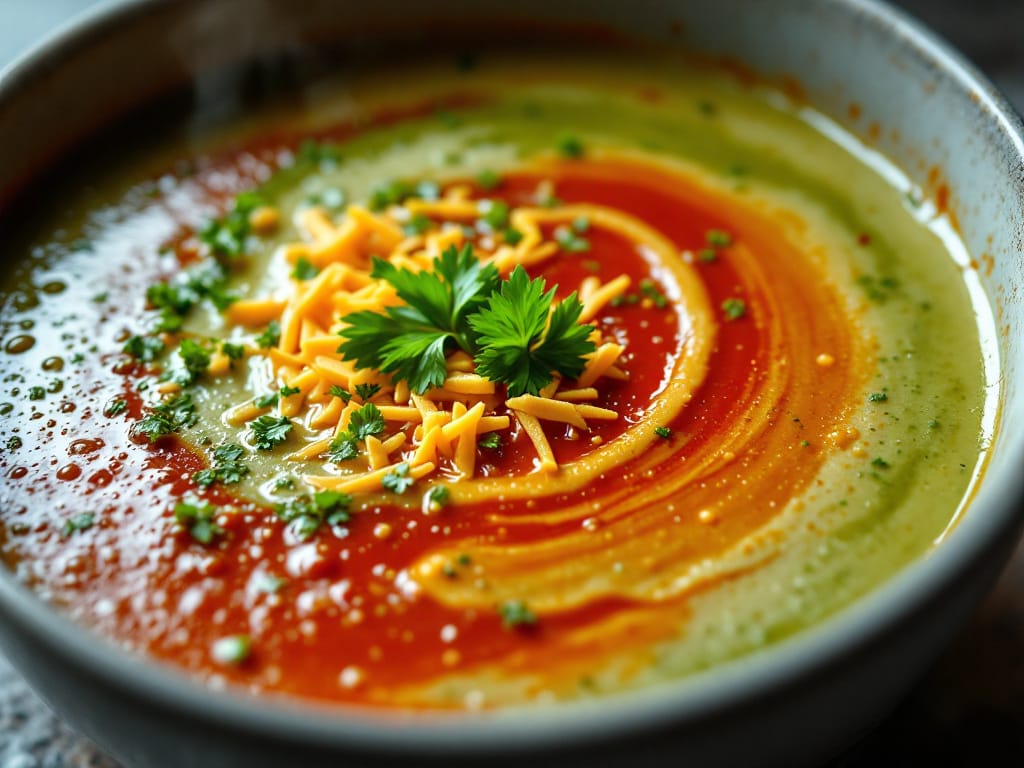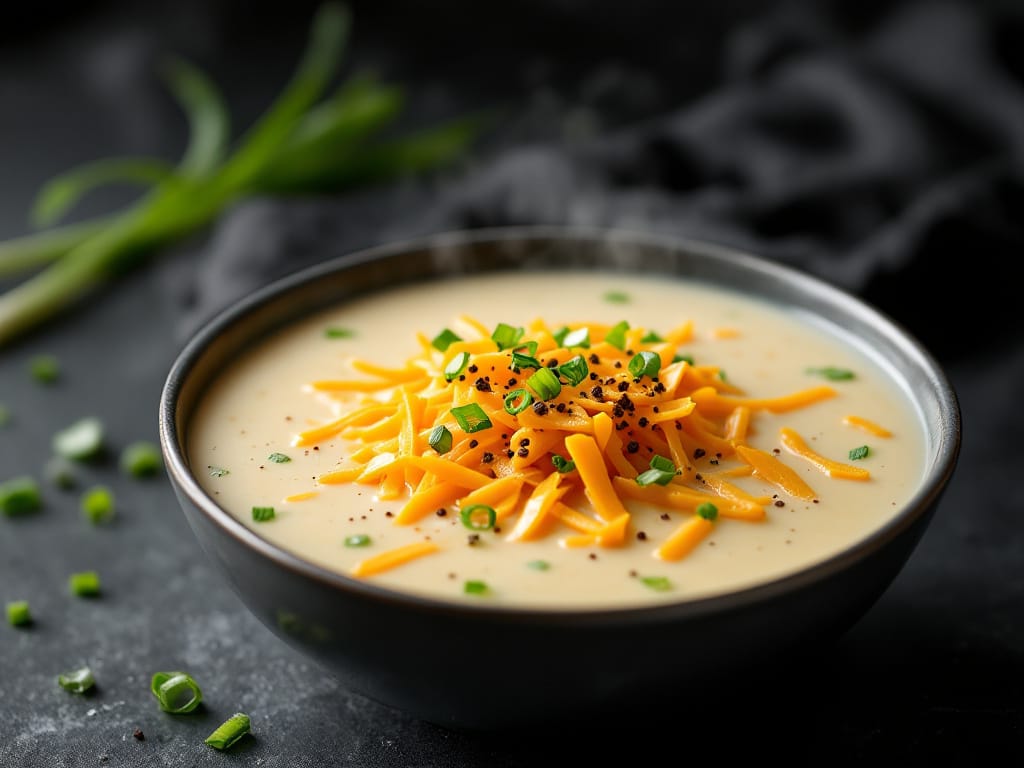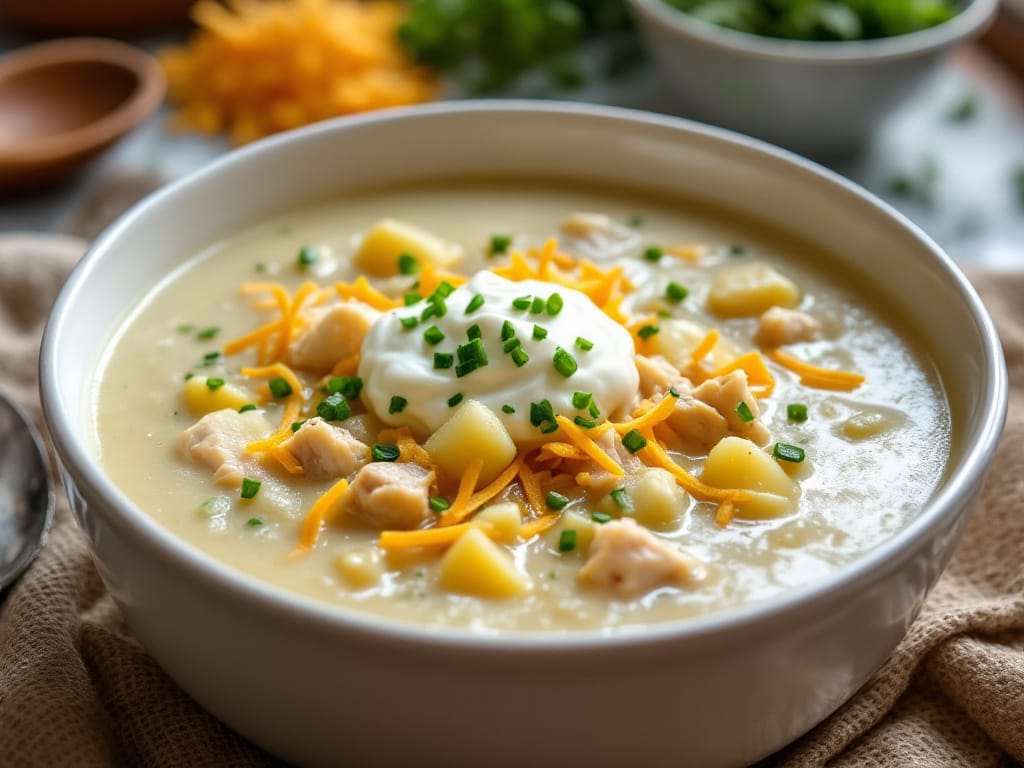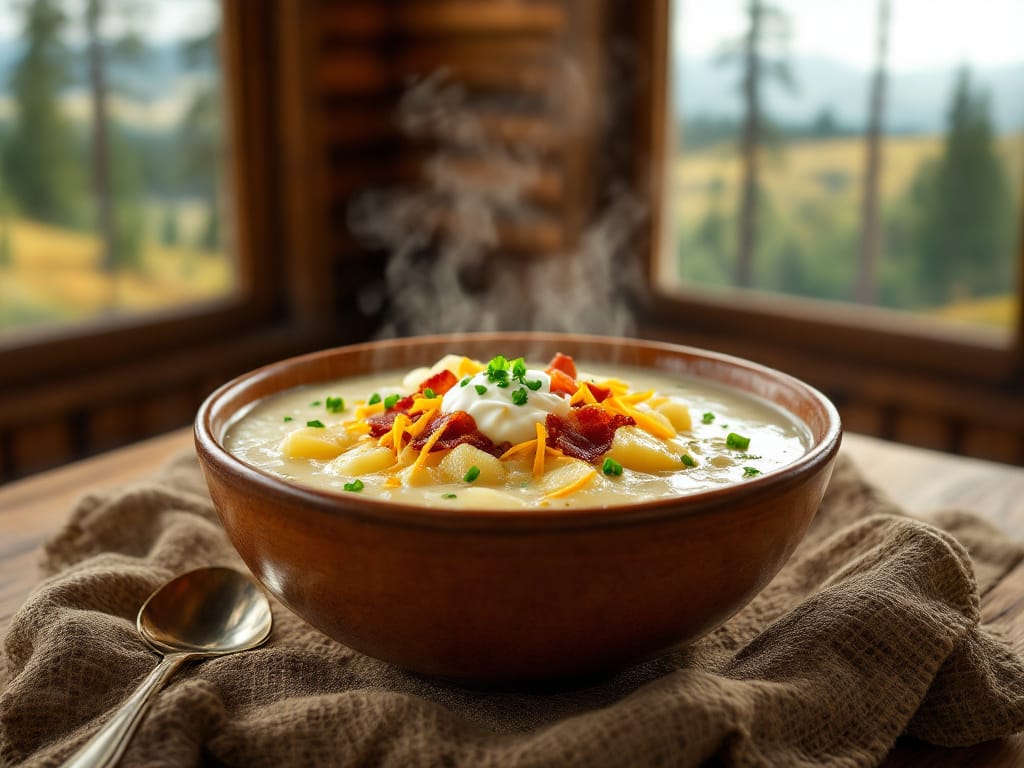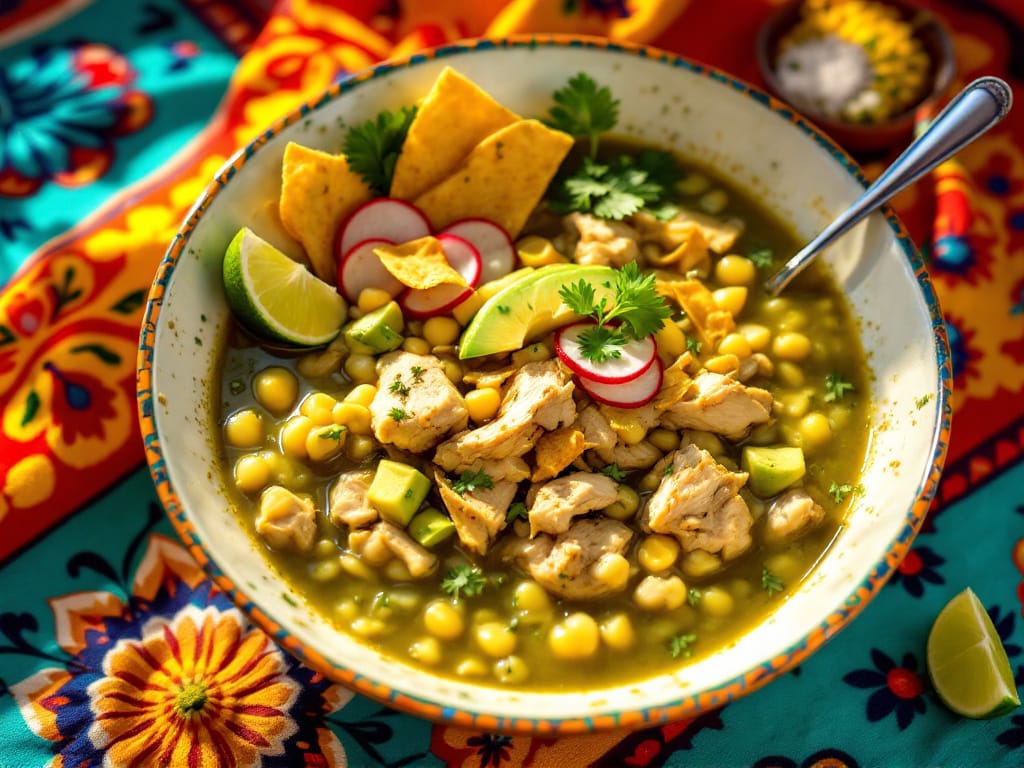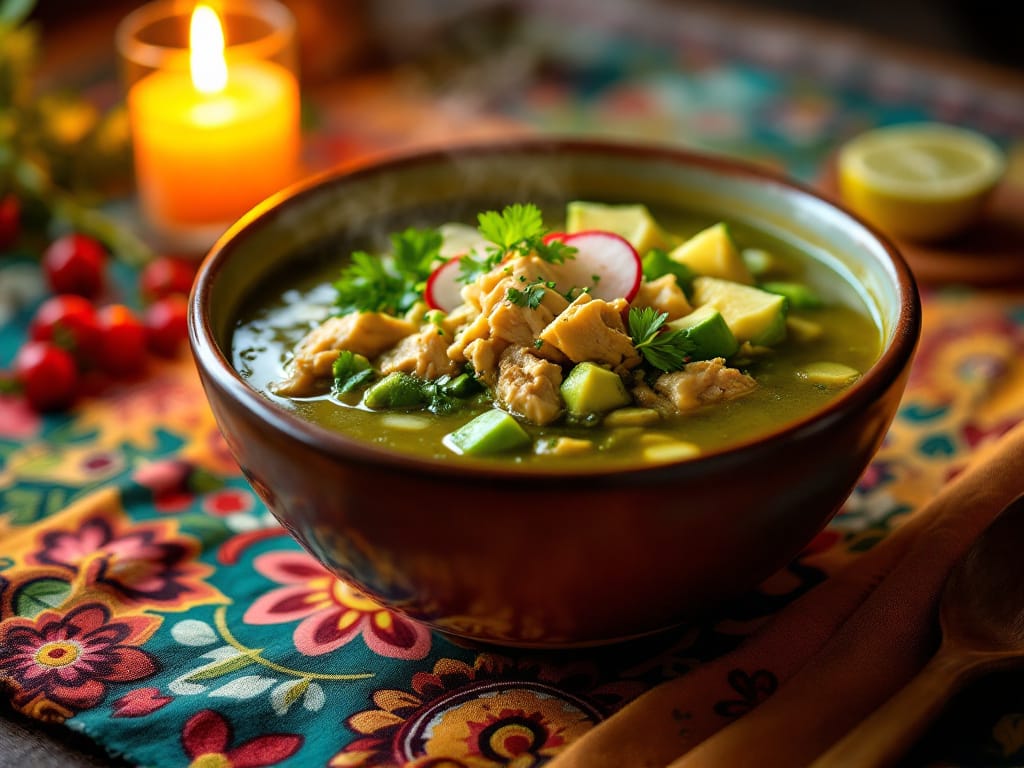Creating a marbled effect on a cake is a fun and innovative way to elevate your baking. This technique involves blending colors or batters to produce stunning, swirling designs that make cakes look just as amazing as they taste. Whether you’re working with buttercream, fondant, or cake batter, mastering this skill will ensure your desserts stand out at any occasion.
Types of Marble Effects
Before diving in, it’s essential to understand the different styles of marble effects you can achieve. Each method offers its own unique charm:
- Buttercream Marbling: This technique is ideal for frosting cakes and cupcakes. Not only does it create smooth, vibrant patterns, but it can also be easily customized to suit any theme or event.
- Fondant Marbling: For those seeking a more elegant finish, fondant marbling is the way to go. It produces a sleek, polished appearance, making it perfect for weddings or upscale gatherings.
- Cake Batter Marbling: This method adds a surprise element inside the cake itself. The swirls and patterns are revealed with every slice, delighting everyone who takes a bite.
For more details on marbling buttercream, be sure to check How to Make a Homemade Ice Cream Cake?
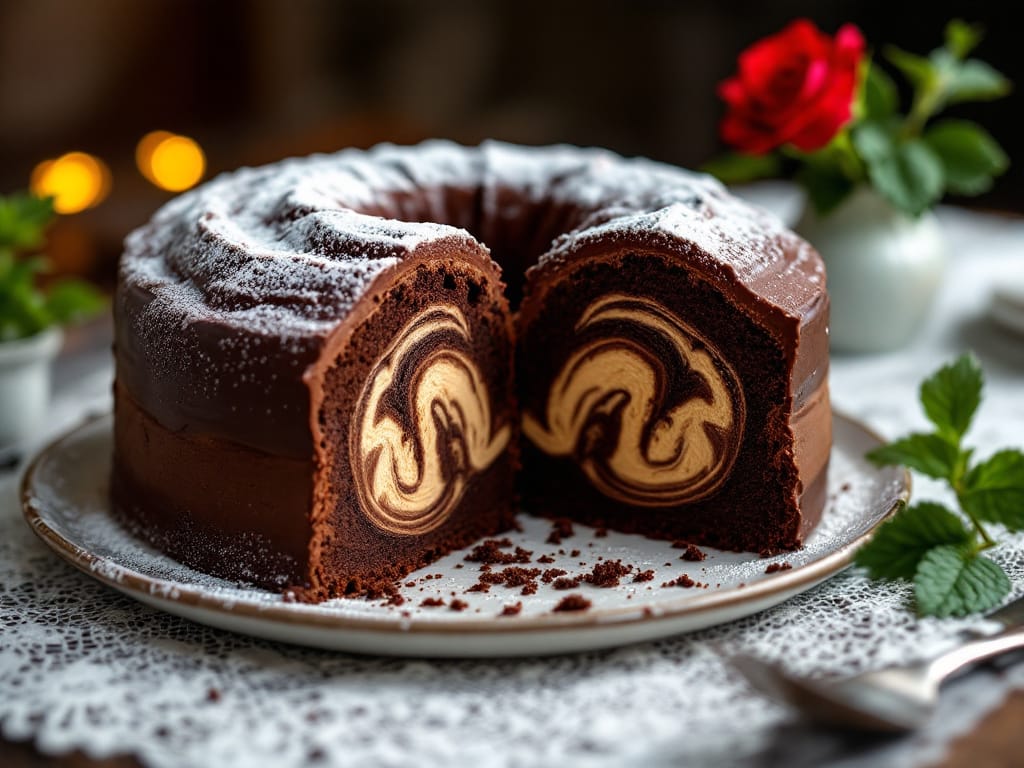
Essential Tools and Ingredients
To create a stunning marbled effect, you’ll need a few essential tools and ingredients:
- Gel Food Coloring: Choose contrasting shades to ensure a vibrant and distinct marbled design.
Key Tools:
- Offset spatula for smooth spreading.
- Mixing bowls to prepare your colors.
- Cake turntable for even application and precision.
Base Materials:
- Buttercream frosting for a soft, creamy finish.
- Fondant for an elegant and polished appearance.
- Cake batter for creating hidden swirling patterns within the cake.
Not sure how to marble cake batter? Check Homemade Marble Cake to help you get started!
Step-by-Step Guide to Making a Marbled Effect
1. Marbled Buttercream Effect
Achieving a marbled buttercream effect is straightforward and adds a vibrant, artistic touch to your cakes:
- Prepare Your Frosting: Start by dividing your buttercream frosting into separate portions. Add gel food coloring to each portion, selecting complementary colors for the best visual impact.
- Layer and Swirl: Apply dollops of the colored buttercream onto the cake. Use an offset spatula to spread and smooth the frosting, aiming for a natural blend without fully mixing the colors.
- Blend Patterns: Next, use a cake comb or a clean spatula to create swirl patterns. Gently drag the tool through the buttercream to achieve the desired marble effect. Be careful not to overmix, as doing so can muddle the design.
Pro Tip: Add a luxurious touch by incorporating metallic streaks using edible gold dust or silver leaf. Lightly brush it over the frosting for a glamorous, high-end look.
Following these steps will ensure your marbled buttercream becomes a showstopper at any event!
Common Mistakes to Avoid
Even minor missteps can significantly affect the outcome of your marbled cake. Here are some common mistakes to watch out for and how to avoid them:
- Overmixing Colors
Swirling too much can blend the colors together, creating a muddy, indistinct design instead of clear, vibrant patterns. To avoid this, use light, deliberate motions and stop swirling as soon as you achieve the desired effect. - Using Clashing Colors
Selecting colors that don’t harmonize can result in a chaotic and unappealing look. Instead, choose complementary shades or tones that suit the theme of your cake. Testing a small swatch of colors together can help you make the right choice. - Uneven Fondant Application
Improperly rolling or draping fondant can create wrinkles, cracks, or patchy areas that ruin the polished look of the cake. To ensure a smooth finish, roll the fondant evenly and use a fondant smoother to eliminate imperfections after application.
By keeping these common mistakes in mind, you can ensure your marbled cakes achieve a professional and stunning appearance.
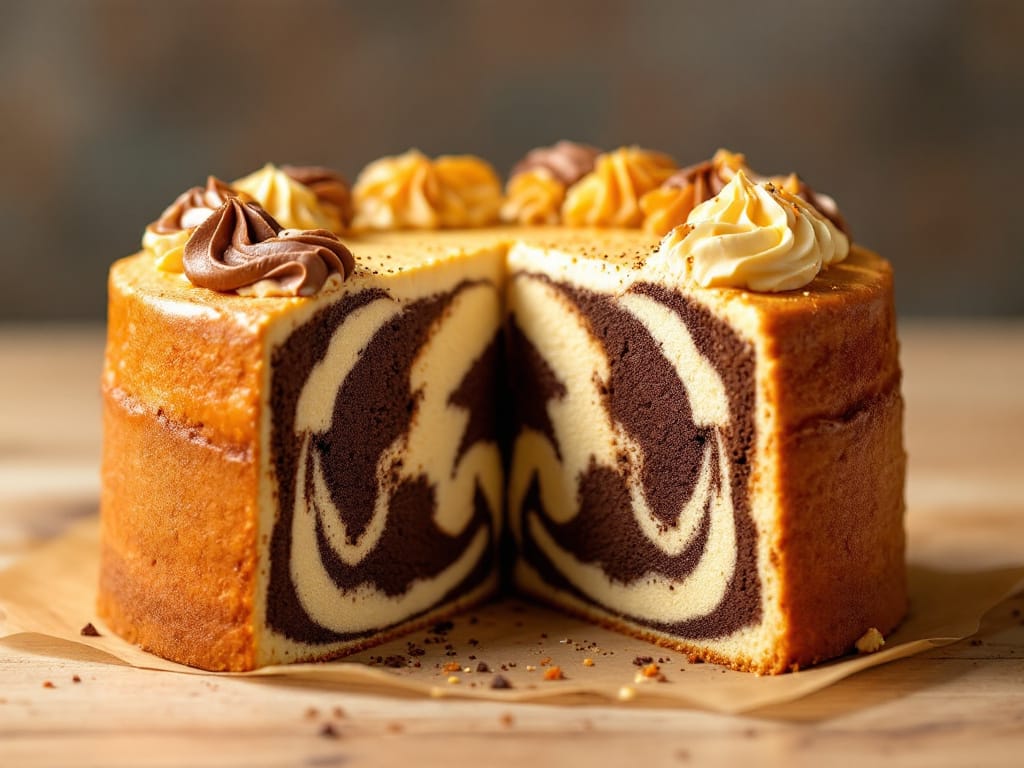
Pro Tips for Stunning Marble Effects
Elevate your marbled cakes to the next level with these expert tips:
- Use Natural Food Dyes
For subtle, organic tones, consider using natural colorings like beet juice, turmeric, or matcha powder. These options not only provide beautiful, earthy hues but also appeal to those who prefer natural ingredients in their baked goods. - Experiment with Piping Nozzles
Create intricate and unique marbled designs by using various piping nozzles. This technique works especially well for decorating cupcakes or smaller treats, allowing for a personalized touch that stands out. - Layer Marble Patterns
Add visual depth and complexity by layering multiple marbled designs on your cake. This technique creates a striking 3D effect that makes your cake look even more impressive and artistic.
By incorporating these strategies, you can enhance your marbling technique and give your cakes a polished, professional, and creative flair.
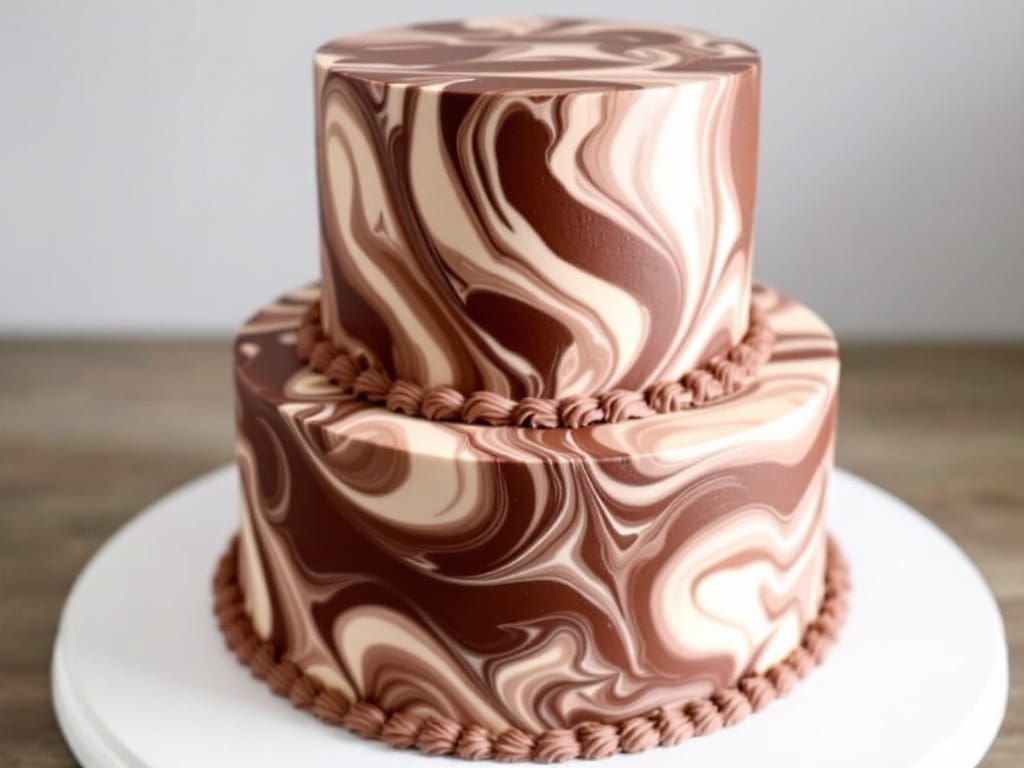
FAQs About Marbling Cakes
- How do I stop the colors from blending too much?
To maintain distinct patterns, use a light hand when swirling. Avoid overmixing, whether working with buttercream, fondant, or batter. Gentle movements are key to achieving a clean marbled effect. - Can I create marbled effect with natural coloring on a cake?
Yes! Natural dyes like beet juice, matcha powder, and turmeric are excellent for creating subtle, organic tones. These alternatives are perfect for those who prefer natural ingredients in their baking. - What cakes work best for marbling?
Dense cakes, such as pound cakes or sponge cakes, are ideal for marbling. Their firm texture helps prevent the colors from merging too much, ensuring a visually appealing design when sliced.
Feel free to experiment with different cakes, colorings, and techniques to find your perfect marbling style!
Final Thoughts
Learning how to create a marbled effect on a cake is an exciting journey into the world of artistic baking. From elegant fondant designs to vibrant buttercream swirls and hidden marbled patterns in sponge cakes, this technique offers endless possibilities to showcase your creativity.
With a bit of practice and experimentation, you’ll not only master marbling but also develop your own unique style. Whether it’s for a special occasion or a casual treat, marbled cakes are guaranteed to impress and delight.
Happy baking!

